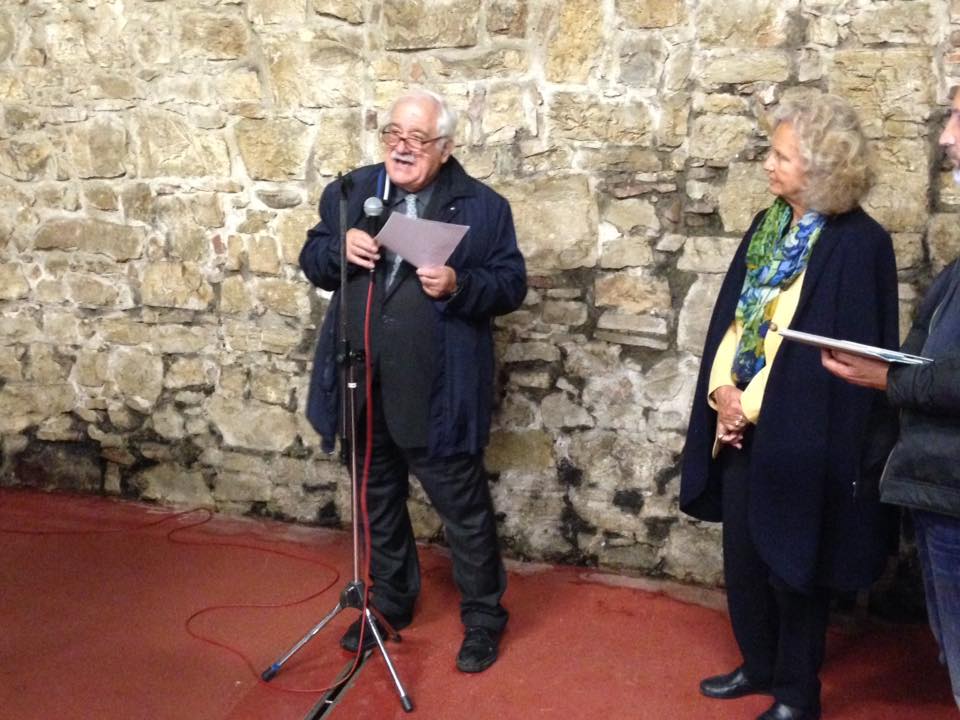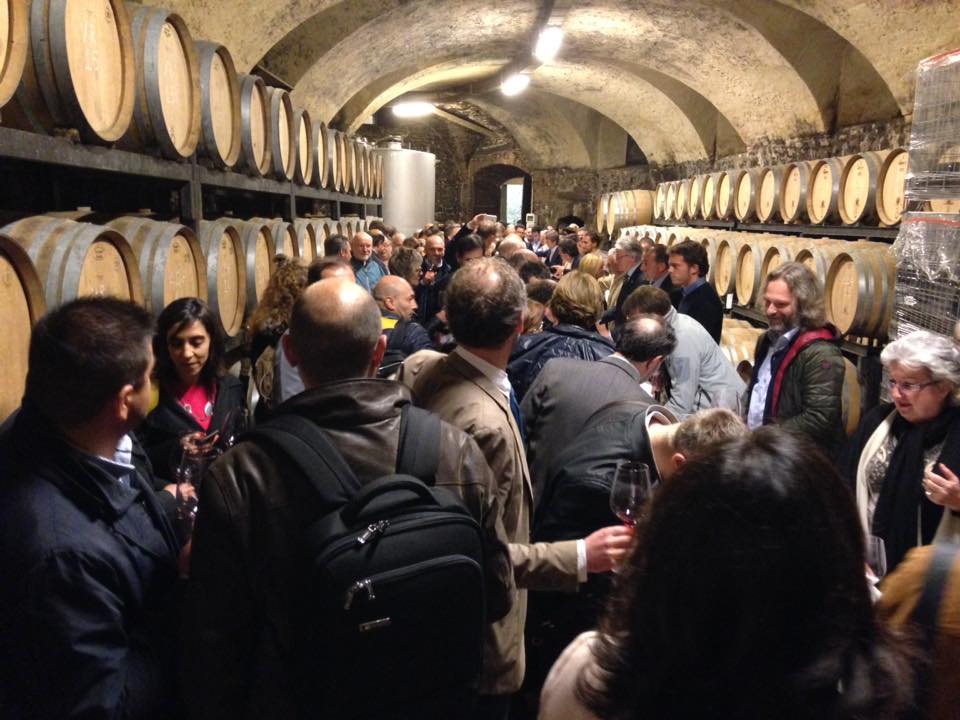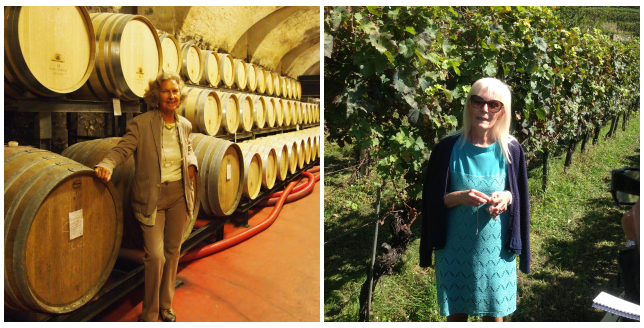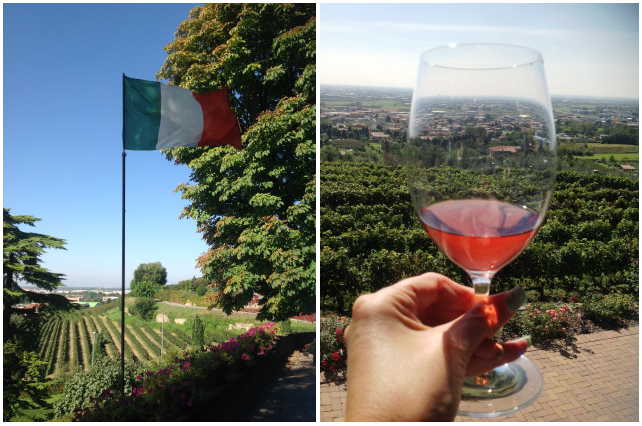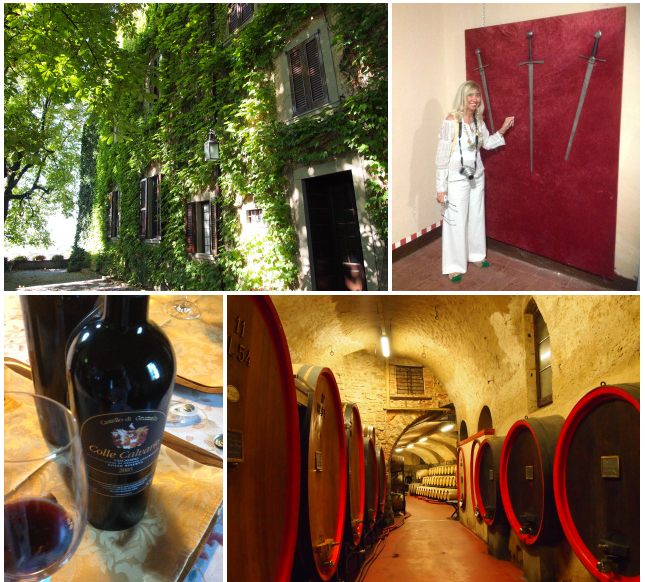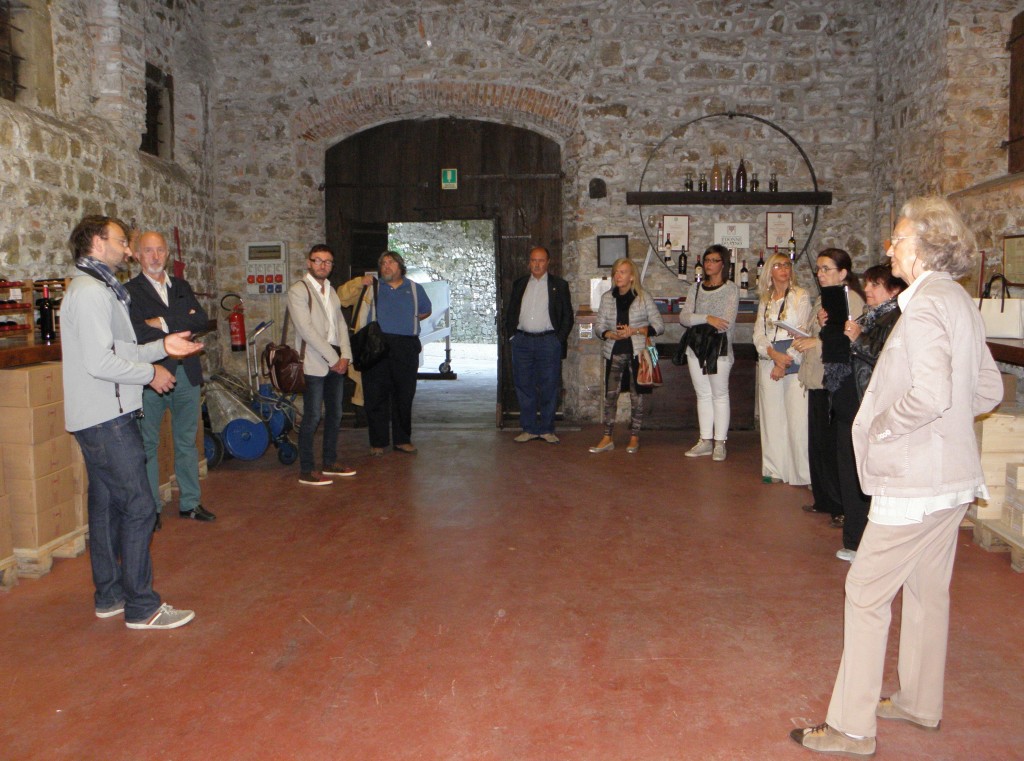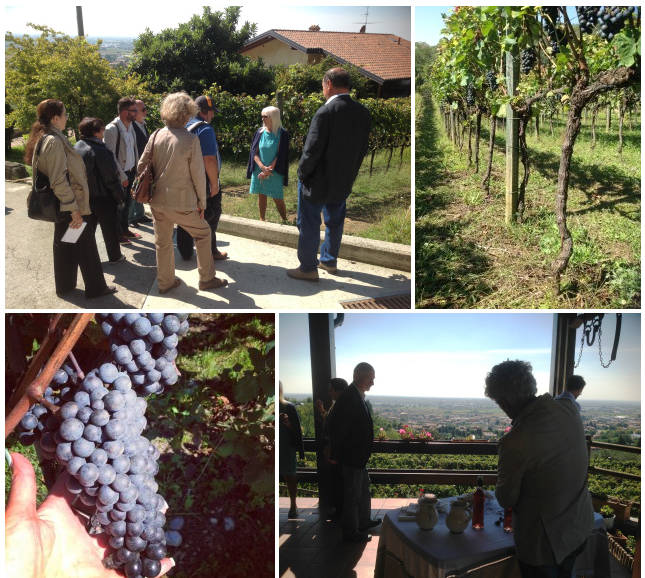A lezione da Attilio Scienza
Attilio Scienza, born in 1945 a Serra Riccò, in provincia di Genova. Si è laureato nel 1969 presso la Facoltà di Agraria dell’Università Cattolica del Sacro Cuore di Piacenza. Professore associato di fitormoni e fitoregolatori in arboricoltura e Professore ordinario di Viticoltura presso l’Università di Milano. From 1985 to the 1991 Direttore generale dell’Istituto Agrario San Michele dell’Adige. Ricercatore e autore di oltre trecento pubblicazioni scientifiche inerenti alla genetica della vite e alla viticoltura. A slide show of respect for a man by the extreme simplicity and wisdom that I have had the pleasure of meeting during a tasting vini della Valcalepio to the Castle Grumello, in the province of Bergamo. Dopo averlo ascoltato ho scambiato con lui qualche parola.
La sostanza del suo pensiero, I fully agree that, si basa sull’importanza della tutela della b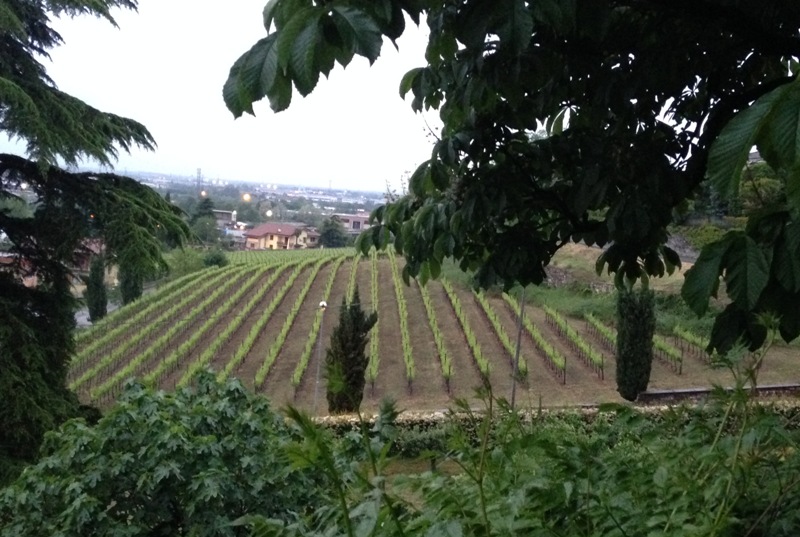 iodiversità, sulla valorizzazione dei vitigni antichi e autoctoni, e sul racconto emozionale della loro storia. Viviamo in un’epoca in cui alcuni vini sono considerati quasi di moda (definizione in uso che non mi piace affatto quando è riferita alle produzioni), di cui i più poco conoscono, se non i nomi, o meglio i nomignoli che fanno tendenza. Scelte di produzione certamente legate alla domanda del consumatore, che potrebbero però andare di pari passo con la promozione di vini quasi dimenticati, e di vitigni antichi e autoctoni da salvare legati alla storia del territorio. Scelte coraggiose che possono fare solo bene alla viticoltura, adottate da chi ama sul serio questo importante comparto dell’economia italiana.
iodiversità, sulla valorizzazione dei vitigni antichi e autoctoni, e sul racconto emozionale della loro storia. Viviamo in un’epoca in cui alcuni vini sono considerati quasi di moda (definizione in uso che non mi piace affatto quando è riferita alle produzioni), di cui i più poco conoscono, se non i nomi, o meglio i nomignoli che fanno tendenza. Scelte di produzione certamente legate alla domanda del consumatore, che potrebbero però andare di pari passo con la promozione di vini quasi dimenticati, e di vitigni antichi e autoctoni da salvare legati alla storia del territorio. Scelte coraggiose che possono fare solo bene alla viticoltura, adottate da chi ama sul serio questo importante comparto dell’economia italiana.
A lui la parola…
Perché è importante raccontare la storia di un vitigno, di un vino e di un territorio? Tutto nasce da un meccanismo del nostro cervello denominato sinestesia: il collegamento con alcune sensazioni gustative, musicali e visive, e il ricordo. It is often cited the example of Marcel Proust, sentendo il profumo delle madeleine, i biscotti che gli preparava sua madre, evoca i suoi ricordi di infanzia. It’ così che va raccontato il vino. Bisogna fare in modo che il consumatore ricordi e associ l’atmosfera, the emotions and sensations experienced during the tasting. Il modo più efficace per dare continuità al rapporto con il vino.
Qui di seguito un momento del suo intervento.
Un vero piacere e un onore ascoltarlo.
The evening at the castle continued with the wine tasting “en primeur” vendemmia 2015 di dodici cantine della Valcalepio, terra vitivinicola di Bergamo la cui zona di produzione è situata nella fascia collinare che va dal lago di Como al lago di Iseo.
Le varietà principali coltivate sono:
- Vitigni a bacca bianca : Pinot bianco, Pinot grigio, Chardonnay, Manzoni bianco e Moscato giallo.
- Vitigni a bacca nera : Merlot, Cabernet Sauvignon, Barbera, Incrocio Terzi n.1, Franconia, Marzemino, Schiava lombarda, Schiava meranese e Moscato di Scanzo.
- Varietà autoctone : Merera, Altulina e Gafforella.
Il Valcalepio, un ‘vino in rinascita’ che dal 1976 si è visto riconoscere la denominazione di origine controllata.

